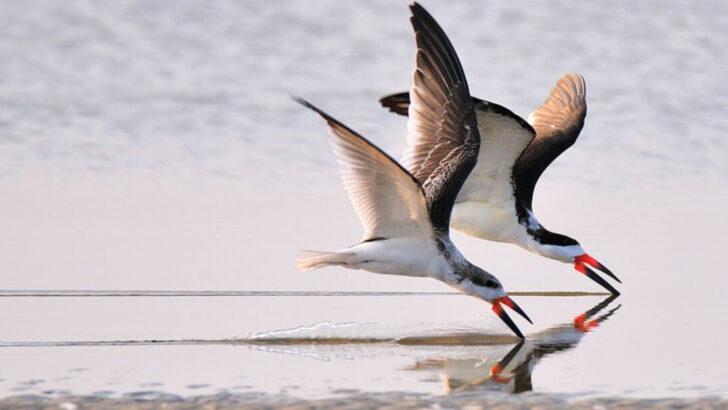The Chesapeake Bay, once a symbol of ecological distress, is witnessing an extraordinary revival.
After decades of decline, numerous animal species are now flourishing, painting a hopeful picture for conservationists.
These successes reflect the tireless efforts to restore and preserve this vital ecosystem.
In this blog post, we celebrate 21 remarkable animals that are thriving once again in the Chesapeake Bay, each story a testament to nature’s resilience and human dedication.
This resurgence not only enriches biodiversity but also rejuvenates the cultural and economic fabric of the region. Join us as we explore these newfound successes in the Chesapeake Bay.
Osprey
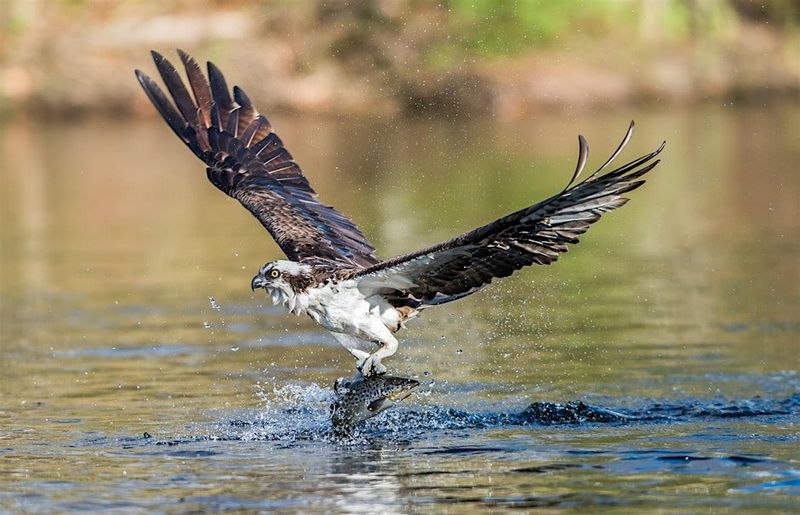
With its striking plumage and keen hunting skills, the osprey is a captivating sight over the Chesapeake Bay. This bird of prey, often referred to as the “sea hawk,” showcases an impressive recovery after past declines due to pesticide use.
Ospreys are known for their incredible ability to dive from great heights to catch fish, their primary diet. Nesting on platforms across the Bay, these birds symbolize environmental progress.
Their return highlights successful conservation measures. Did you know? Ospreys can live up to 25 years, often returning to the same nesting sites annually to raise their young.
Blue Crab
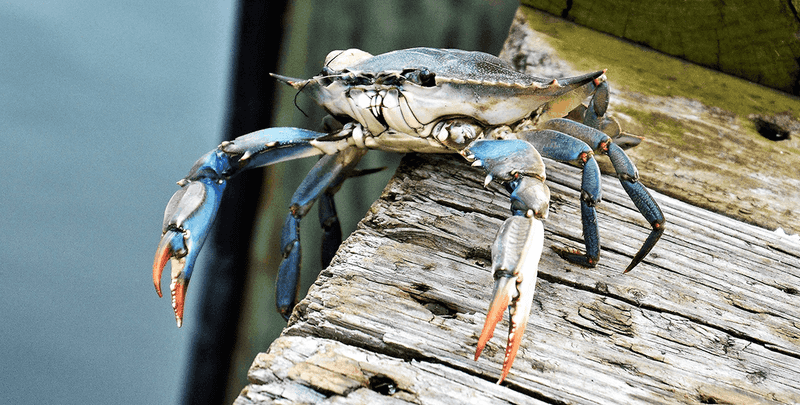
Blue crabs are iconic inhabitants of the Chesapeake Bay, celebrated for their culinary and economic significance. After years of dwindling numbers, these crustaceans are making a strong comeback.
Known for their vibrant blue claws and sweet meat, blue crabs have become a symbol of the Bay’s restoration. Conservation efforts, including improved water quality and regulated harvesting, have played a crucial role in their resurgence.
This revival is not just a win for biodiversity but also a boost for local fisheries. The sight of bustling crabbing boats is a testament to the blue crab’s renewed abundance.
Atlantic Sturgeon
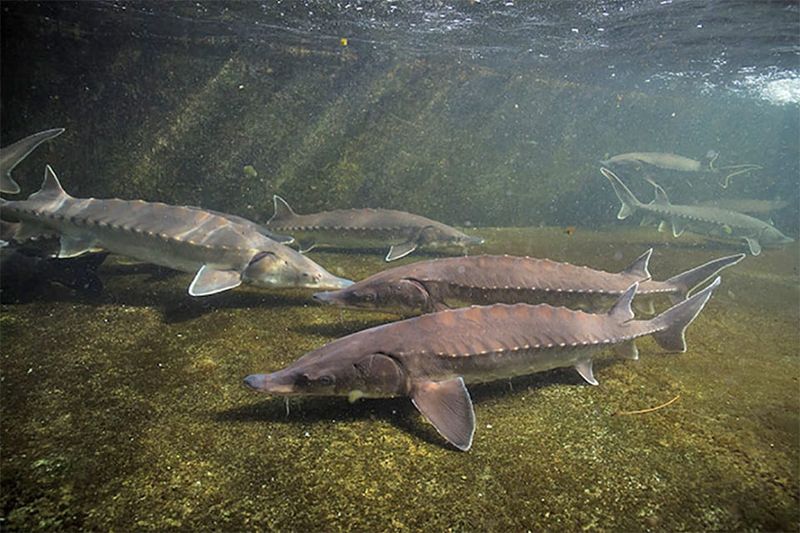
The Atlantic sturgeon, a prehistoric giant of the Chesapeake Bay, is experiencing a remarkable recovery. Known for their bony plates and long lifespans, these fish were once on the brink of extinction due to overfishing and habitat loss.
Conservation initiatives, including protected spawning areas and fishing restrictions, have been vital for their comeback. This ancient fish, which can grow up to 14 feet long, is a living link to eras past.
Fun fact: Atlantic sturgeons are anadromous, meaning they migrate from saltwater to freshwater to spawn, showcasing their incredible adaptability.
Diamondback Terrapin
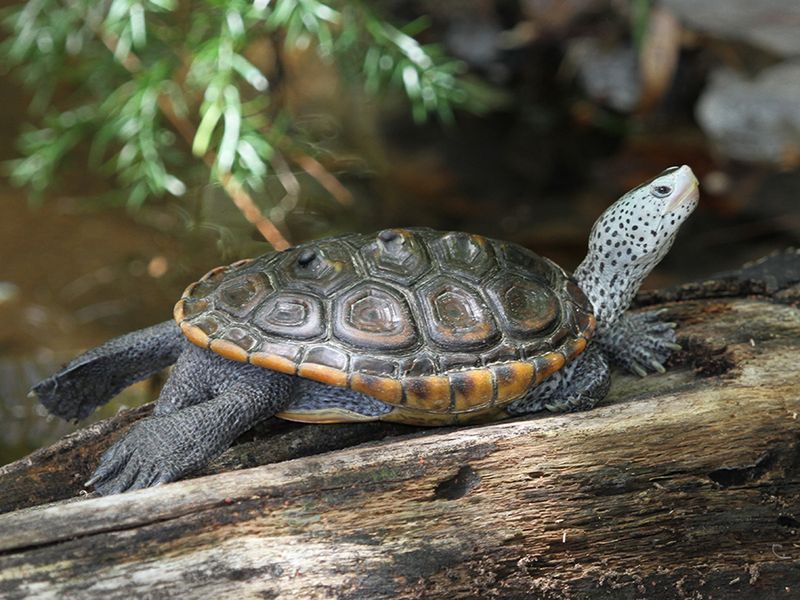
The diamondback terrapin, with its intricately patterned shell, is a cherished resident of the Chesapeake Bay’s marshy areas. These turtles faced severe threats from habitat destruction and the pet trade.
However, their numbers are now on the rise, thanks to conservation efforts focusing on habitat preservation and public awareness. Diamondback terrapins are known for their unique ability to thrive in brackish waters, making them special among turtle species.
They serve as indicators of the Bay’s health and are a favorite among wildlife enthusiasts. Terrapins are also Maryland’s state reptile, adding to their local significance.
Bald Eagle
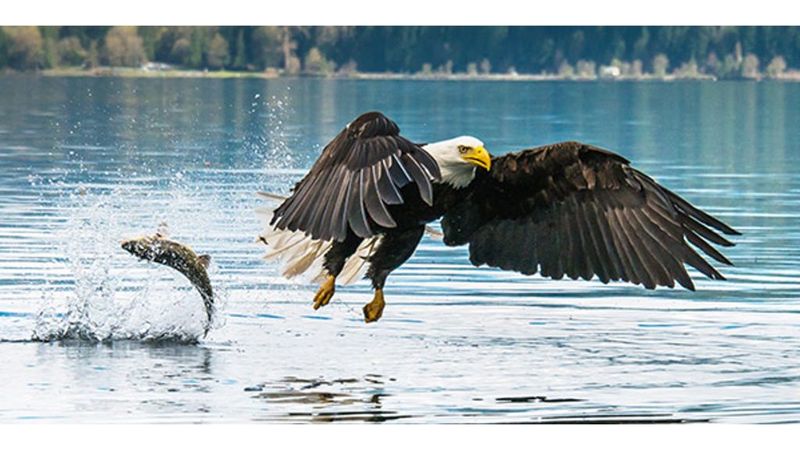
The bald eagle, America’s national bird, has soared back into prominence in the Chesapeake Bay region. Once endangered due to pesticide exposure, these majestic raptors are now flourishing.
Their comeback story is a testament to successful conservation efforts. Bald eagles are known for their impressive wingspan, fierce hunting skills, and striking appearance. They often nest in tall trees near the water, providing a spectacular sight for bird watchers.
The presence of the bald eagle in the Bay symbolizes national and environmental pride, marking a triumph in wildlife restoration and ecological stewardship.
Alewife
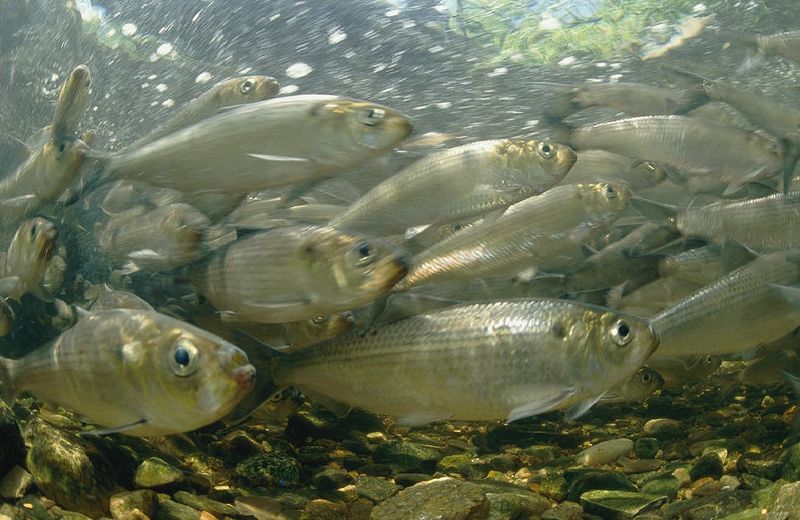
Alewives, small but mighty, are essential to the Chesapeake Bay’s food web. These fish once faced population declines but have resurged due to habitat restoration. Their revival is a testament to the bay’s improving water quality.
Alewives are anadromous, which means they spawn in freshwater and live in saltwater. This fascinating life cycle plays a vital role in nutrient cycling between marine and freshwater systems.
Historically, Alewives were a staple for early settlers and remain important for commercial fisheries today. Their journey back to abundance is a symbol of hope and progress.
Rockfish (Striped Bass)
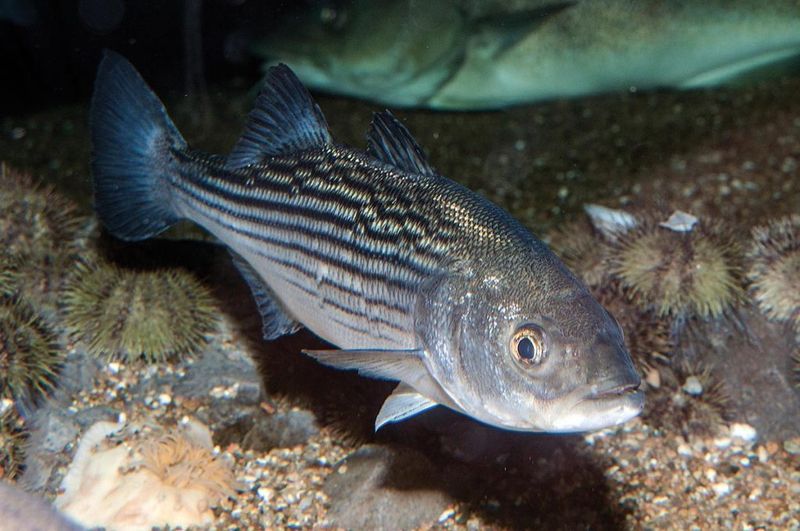
Rockfish, also known as striped bass, are quintessential Chesapeake Bay residents known for their sporting and culinary value. These fish have rebounded thanks to fishing regulations and habitat improvements.
Rockfish are appreciated for their firm, flavorful flesh and are a favorite among anglers. Their migratory nature takes them from the ocean to the Bay’s freshwater tributaries, where they spawn.
This journey is a critical part of their life cycle. The rockfish’s recovery is a celebrated achievement, symbolizing the success of collaborative conservation efforts in restoring the Bay’s natural balance.
Northern Harrier
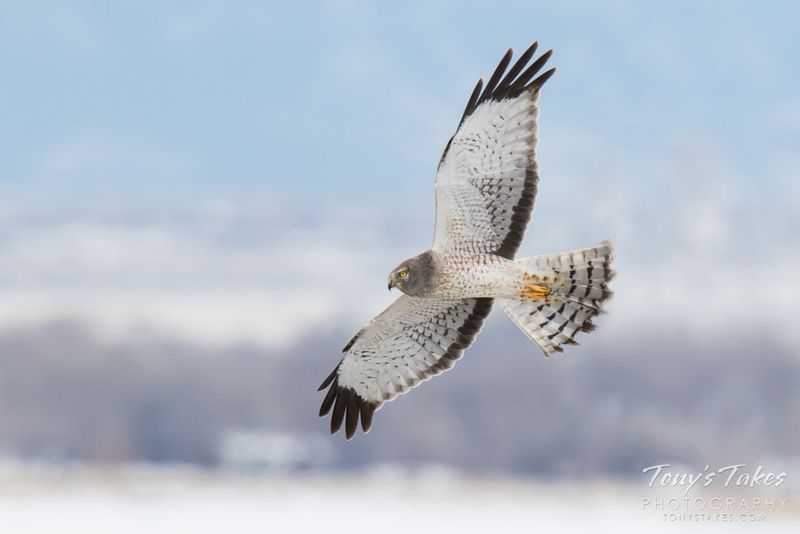
The northern harrier, a graceful bird of prey, is thriving once again in the Chesapeake Bay’s marshes. Recognizable by its distinctive white rump and owl-like face, this raptor hunts by gliding low over open areas.
Harriers faced challenges from habitat loss and pollution but have rebounded through conservation measures. These birds are unique in their hunting style, primarily preying on small mammals and birds.
Their presence indicates healthy marsh ecosystems. The northern harrier’s recovery is a visual delight for bird watchers and a positive sign for the Bay’s diverse habitats.
Seahorse
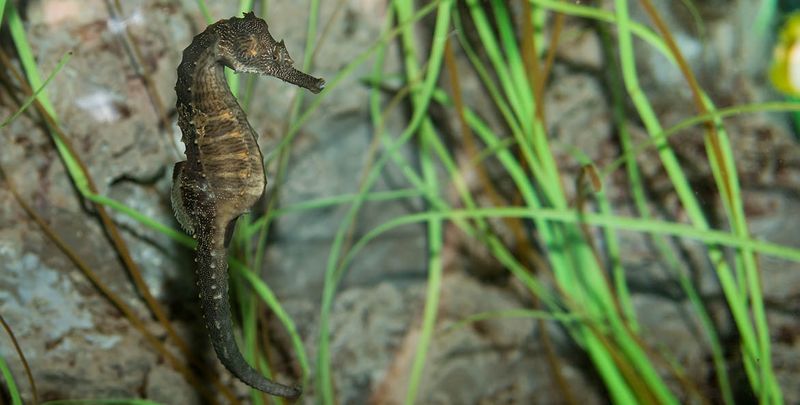
Seahorses, with their enchanting appearance, have found a sanctuary in the Chesapeake Bay’s underwater grasses. These delicate creatures faced population declines due to habitat loss but are now thriving thanks to improved water quality and habitat restoration.
Known for their unique reproductive role reversal, where males carry and birth the young, seahorses are a marvel of nature. Their presence enriches the Bay’s biodiversity and captivates divers and marine enthusiasts alike.
Did you know? Seahorses use their elongated snouts to feed on tiny plankton, playing an important role in the aquatic food web.
Red Drum
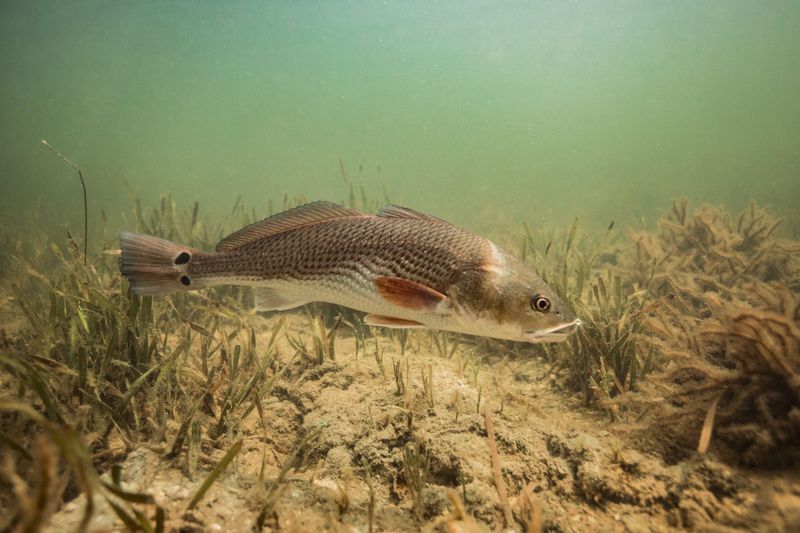
Red drum, with their distinctive copper-bronze bodies, are flourishing in the Chesapeake Bay’s waters. These fish are popular among anglers for their spirited fights and tasty meat.
Conservation efforts, such as catch limits and habitat protection, have enabled their numbers to increase. Red drum are particularly fond of shallow, warm waters where they forage for crabs and shrimp. Their resurgence is not only a boon for recreational fishing but also a sign of healthier marine environments.
Fun fact: The “drumming” sound they produce during spawning is a unique characteristic that gives them their name.
Canvasback Duck
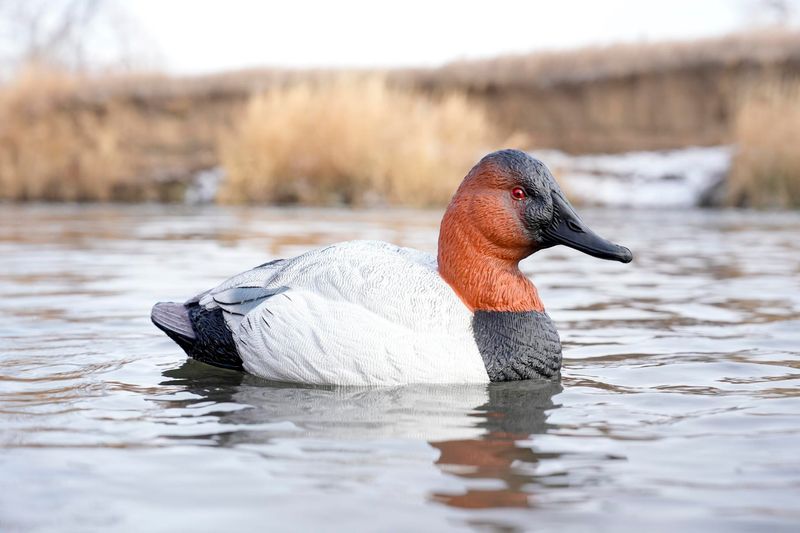
Canvasback ducks, often called the “aristocrats” of ducks, are thriving once more in the Chesapeake Bay. Known for their striking red heads and diving prowess, these waterfowl were once in decline due to habitat loss.
The restoration of their preferred aquatic plants has been pivotal for their recovery. Canvasbacks are migratory birds, wintering in the Bay where they feast on submerged vegetation.
Their presence is a delight for bird watchers and signals the success of wetland conservation efforts. Canvasbacks are integral to the Bay’s rich avian diversity, drawing enthusiasts from near and far.
Great Blue Heron
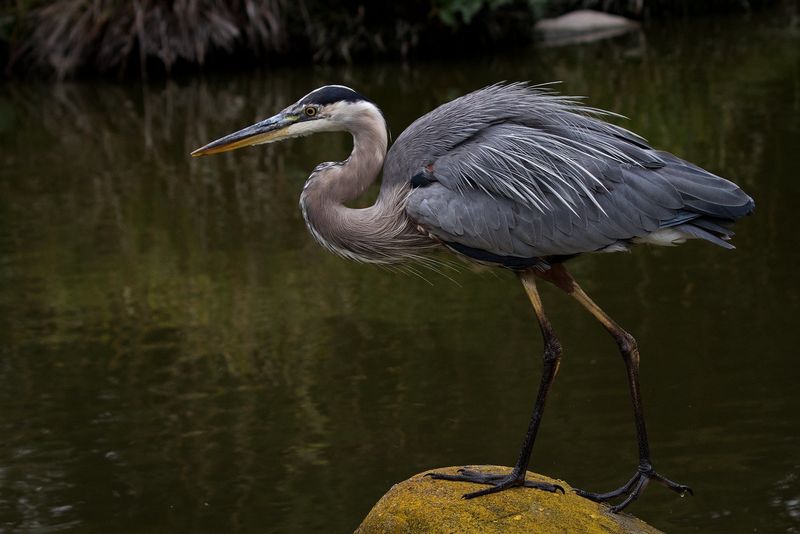
The great blue heron, with its stately appearance, is a familiar sight along the Chesapeake Bay. These birds have rebounded due to habitat protection and improved water quality.
Known for their patience and precision in hunting fish and amphibians, herons are a marvel to observe. Standing tall on long legs, they frequent the Bay’s shores and wetlands. The great blue heron’s thriving population is a reassuring indicator of ecological progress.
Their elegant flight and striking silhouette against the sunset continue to inspire admiration and respect among nature lovers and conservationists alike.
American Shad
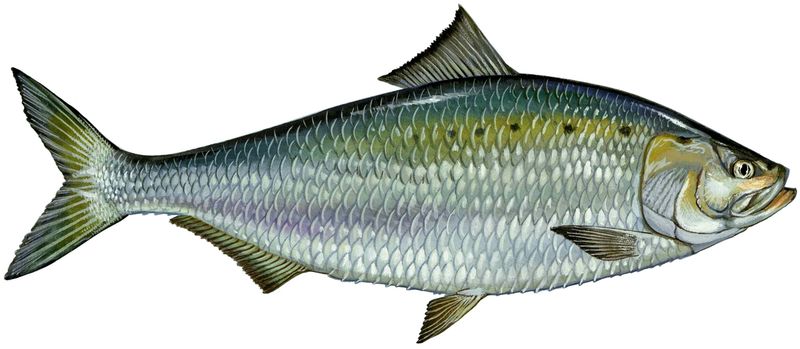
American shad, once the most abundant fish in the Chesapeake Bay, are experiencing a renaissance after severe population drops. Known for their lengthy migrations, these fish are celebrated for their role in the Bay’s ecology and history.
Conservation strategies, including dam removals and improved water quality, have facilitated their return. Shad are anadromous, spawning in freshwater before returning to the ocean.
This journey is a vital part of their lifecycle. The shad’s comeback is not only an ecological victory but also a nod to the Bay’s cultural heritage, reviving traditional fishing practices.
Peregrine Falcon
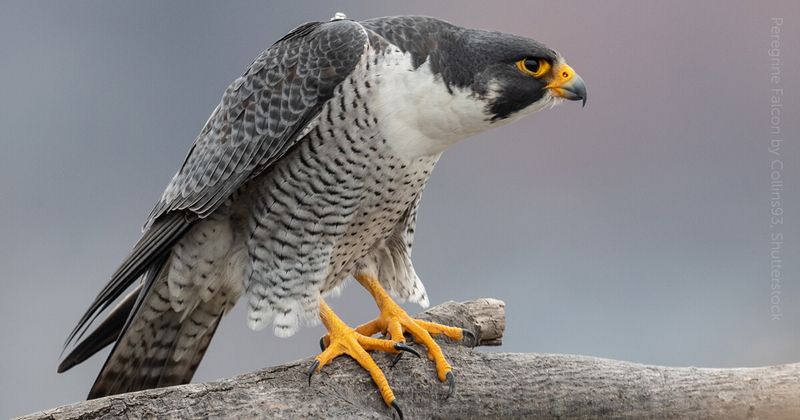
The peregrine falcon, known for its incredible speed, is once again thriving over the Chesapeake Bay’s landscapes. These raptors were nearly wiped out by pesticide use, but their numbers have rebounded thanks to reintroduction programs and habitat protection.
Peregrines are famed for their hunting prowess, reaching speeds over 240 mph in a stoop. Their nests, often found on cliffs or tall structures, provide a commanding view of their hunting grounds.
The return of the peregrine falcon is a triumph for biodiversity, exemplifying the success of targeted conservation efforts in restoring apex predators.
Cownose Ray
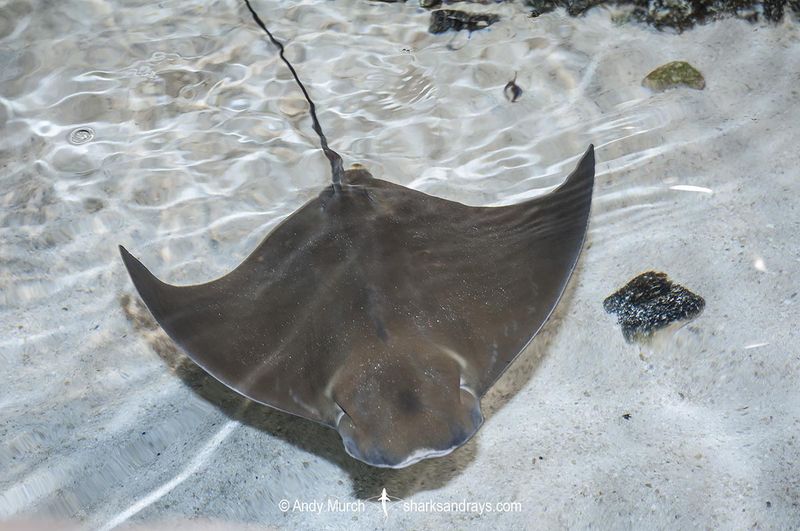
Cownose rays, with their wing-like fins and gentle demeanor, are a captivating presence in the Chesapeake Bay. These rays are known for their migratory patterns, traveling in large schools during warmer months.
Conservation measures have helped stabilize their populations. Cownose rays play an important role in maintaining the balance of marine ecosystems, feeding on shellfish and small invertebrates.
Their graceful movements and unique appearance make them favorites among divers and snorkelers. The resurgence of cownose rays is a positive sign of the Bay’s improving health and reflects successful marine conservation efforts.
Atlantic Menhaden
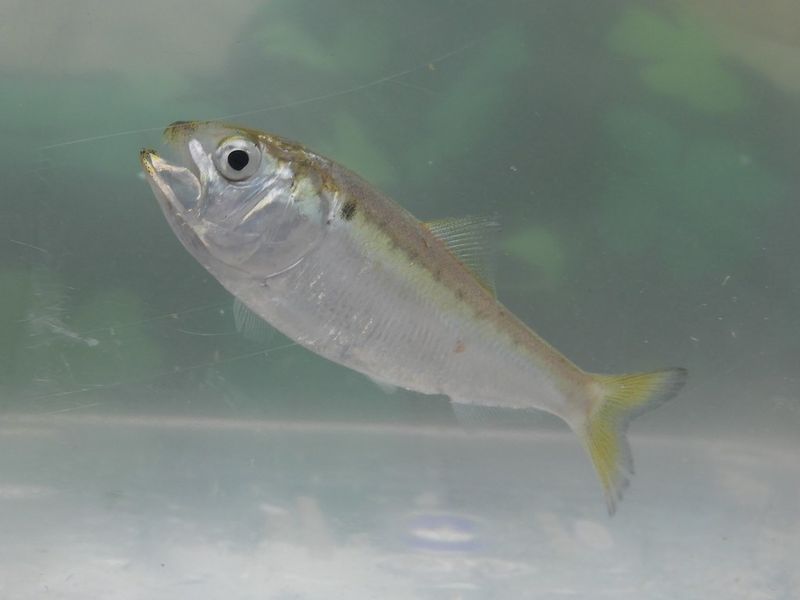
Atlantic menhaden, often overlooked, are crucial to the Chesapeake Bay’s food web. These small fish have made a comeback due to sustainable fishing practices and habitat restoration.
Known as “the most important fish in the sea,” menhaden serve as a key food source for larger predators, including birds, fish, and marine mammals. Their ability to filter plankton contributes to the Bay’s water quality.
The recovery of menhaden populations underscores the interconnectedness of marine ecosystems and the importance of maintaining balance. This success story is a reminder of the power of responsible stewardship.
American Eel
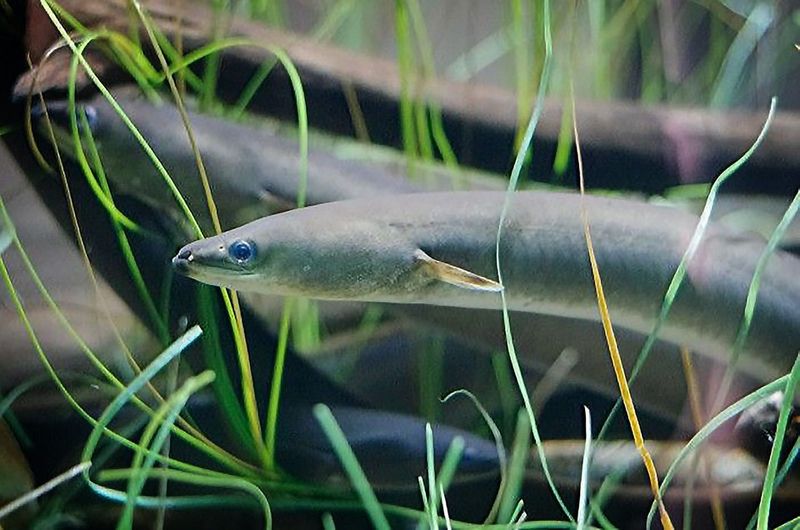
American eels, with their snake-like bodies, have returned to the Chesapeake Bay’s waters. These mysterious creatures navigate both freshwater and saltwater environments, showcasing remarkable adaptability.
Eels have faced challenges from habitat barriers and overfishing, but their resurgence is underway thanks to conservation efforts. Known for their long migrations to the Sargasso Sea for spawning, American eels are vital to the Bay’s ecosystem.
Their recovery is a testament to ecological resilience and the importance of maintaining healthy waterways. The return of American eels is celebrated by both conservationists and anglers alike.
Horseshoe Crab
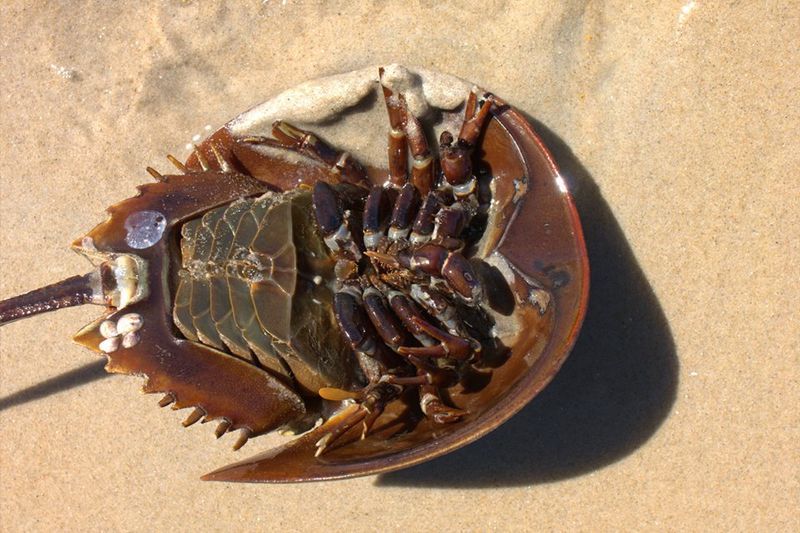
Horseshoe crabs, often called living fossils, are experiencing a resurgence along the Chesapeake Bay’s shores. These ancient creatures are valuable for their blue blood, used in medical research.
Conservation measures, including habitat protection and regulated harvesting, have contributed to their recovery. Horseshoe crabs play a critical role in coastal ecosystems, providing food for migratory birds.
Their spawning events are a natural spectacle, drawing attention from scientists and enthusiasts alike. The comeback of horseshoe crabs is a crucial step in preserving the Bay’s biodiversity and ensuring the survival of this prehistoric species.
Eastern Bluebird
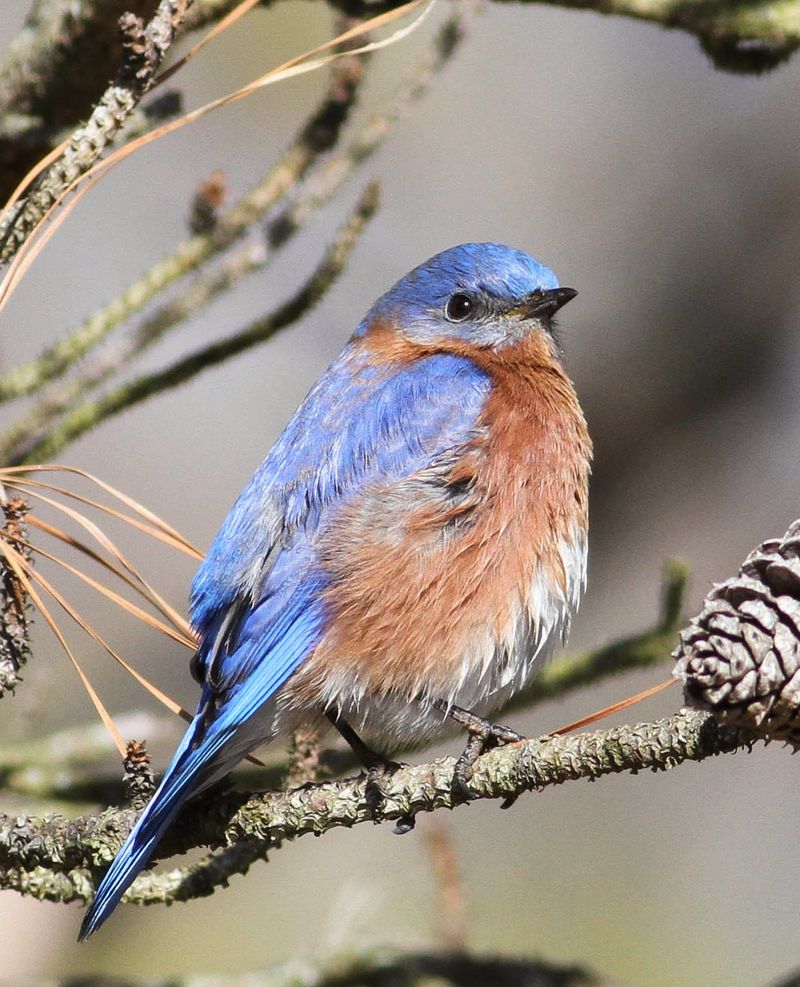
The eastern bluebird, with its vibrant plumage, brings a splash of color to the Chesapeake Bay’s landscapes. These birds have rebounded thanks to nest box programs and habitat conservation.
Known for their cheerful songs and insect-catching prowess, bluebirds are a favorite among bird watchers. Their recovery is a sign of successful conservation efforts and a healthy environment.
Eastern bluebirds often inhabit open fields and orchards, where they find ample food and nesting sites. The return of these beloved birds is a heartwarming reminder of nature’s resilience and the joys of avian diversity.
Black Skimmer

Black skimmers, with their striking red bills and unique feeding style, are thriving once more in the Chesapeake Bay. These birds are known for skimming the water’s surface to catch fish, a behavior that captivates onlookers.
Skimmers faced threats from habitat loss and pollution, but conservation efforts have facilitated their return. Their presence is a positive indicator of healthy coastal environments.
Black skimmers’ colonies are often found on sandy beaches and marshes, adding to the Bay’s avian diversity. Their recovery is celebrated by conservationists and bird enthusiasts who marvel at their distinctive flight.
Mud Crab
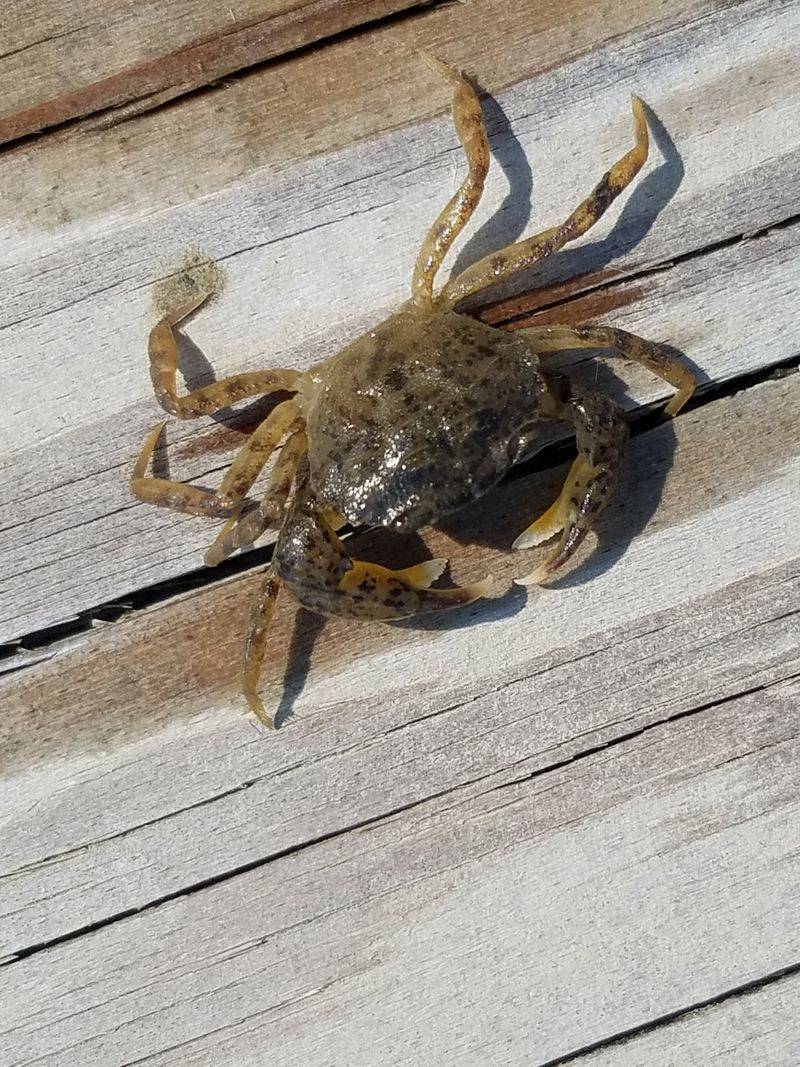
Mud crabs, though small, play a significant role in the Chesapeake Bay’s ecosystem. These crustaceans are making a comeback due to improved water quality and habitat restoration.
Mud crabs are known for their ability to thrive in various environments, often found hiding among oyster reefs. They contribute to the Bay’s food web, serving as prey for larger predators.
The resurgence of mud crabs is a positive sign of ecological restoration and a testament to the importance of maintaining healthy habitats. Their presence enriches the Bay’s biodiversity and supports a balanced marine ecosystem.

